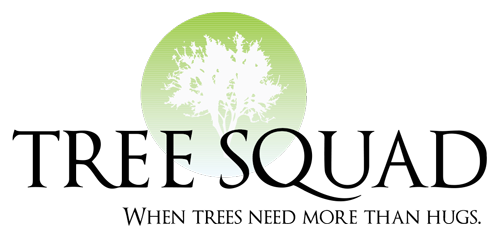Bronze Birch Borer
Attacks:
All birch species
European and Asian hybrids very susceptible
Life cycle:
- Overwinters underneath bark as full size larvae
- Adult beetles emerge from late May to early June
- Beetles feed on leaves and mate shortly after emergence
- Female beetles lay eggs in bark cracks and crevices
- Larvae emerge, chew through bark, and enter phloem tissue
- Larvae feed on phloem disrupting water, nutrient and carbon translocation
Cultural practices:
- Water tree 2-3 inches per week during summer
- Water 3-4 inches per week during drought conditions
- Mulch tree or treat with Root Enhancement System© with POM, according to Arborist recommendation
- Plant in clumps or where root system will be shaded by other trees or structures
- Do not fertilize without increasing water availability
Chemical practices:
Bronze birch borer is susceptible to both systemic and topical insecticides
Additional Information Regarding the Bronze Birch Borer
Flatheaded borers, coming from the Buprestid family, feed and reproduce within dying trees throughout Minnesota. Some of our native trees, including birch, honeylocust, basswood, maple, ironwood, and oak, are regularly attacked by flatheaded borers. In traditional landscapes, they can also wreak havoc on expensive trees.
The worst borers in Minnesota are the bronze birch borer and the two-lined chestnut borer. The former feeds on birch. The latter feeds on white and red oak trees.
The vast majority of European and Asian white barked birch trees are vulnerable to the bronze birch borer. These tree species include European birch, Himalayan birch, Japanese monarch birch, and Asian birch. Some of the native species that have evolved to be resistant to borers include white barked birch, paper and gray birch. Sweet birch and yellow birch also tend to be resistant to bronze birch borer, while river birch is also seemingly immune.
When stressed, native tree species become specifically vulnerable to attack from the two-lined chestnut borer. These include white oak, bur oak, northern pin oak, black oak, red oak, and swamp white oak.
Of course, you also want to know what these borers look like so you can eliminate them. Adult bronze birch borers are typically ¼ to ½ inch long and are dark colored. They resemble the body structure of beetles. They are also bronze colored. Two-lined chestnut borers are a matte black color and have two yellow stripes running the length of their wing covers. The larva of either borers is one inch long when completely grown. They have a pale white, flattened body. Their head is typically hidden, so only look to see mandibles.


